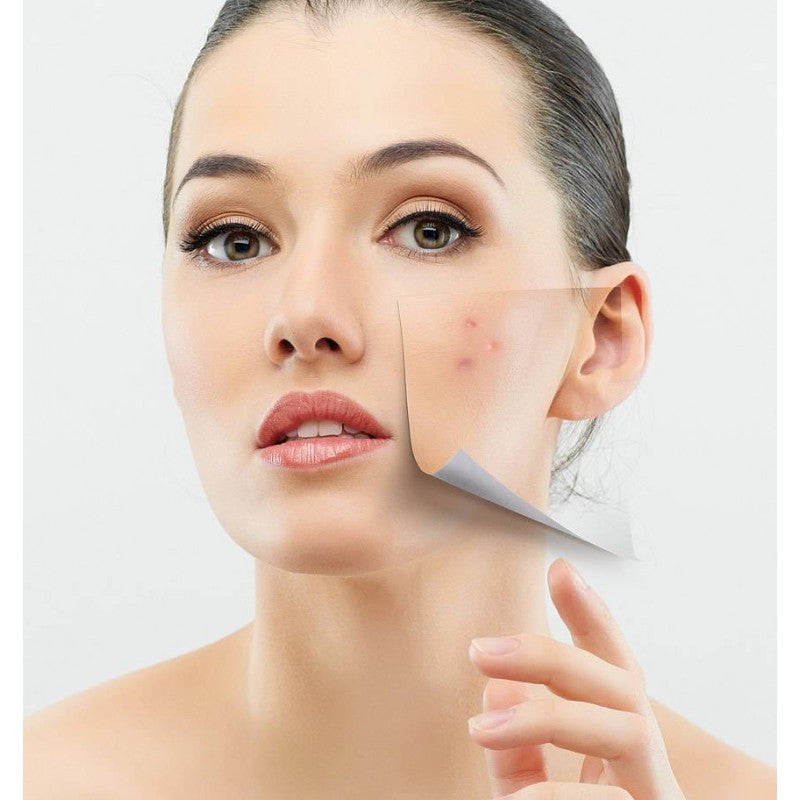Vitamin B Skincare Showdown: B-Strong vs REDuce Serum – Which One Should You Choose?
Vitamin B is often called the multi-tasker of skincare—and for good reason. Its family of nutrients, especially B3 (Niacinamide) and B5 (Panthenol), can calm, repair, strengthen, and even help regulate oil production to reduce breakouts. But when it comes to targeting redness, sensitivity, and rosacea, not all B-based serums are created equal. Two standout options from Shanga’s line are B-Strong Serum and REDuce Serum. Here’s what makes them different and how to choose the right one for your skin.
B-Strong Serum: Strengthen, Hydrate, and Protect
B-Strong Serum is a high-performance night serum enriched with 10% Niacinamide (Vitamin B3) and Vitamin B5. It’s designed to strengthen sensitive skin, soothe irritation, and improve your skin’s natural barrier function.
Key benefits:
-
Reduces redness and irritation
-
Strengthens the skin barrier to protect against environmental stressors
-
Improves hydration and reduces water loss
-
Fades age spots, hyperpigmentation, and sun damage
-
Refines pores and smooths skin texture
-
Regulates sebum production, reducing the likelihood of breakouts
-
Boosts overall resilience and health of the skin
Best for:
-
Sensitive or reactive skin needing barrier support
-
Redness due to dryness or environmental stress
-
Skin prone to breakouts or excess oil
-
Skin looking dull, dehydrated, or uneven
B-Strong Serum is ideal if your primary concern is supporting your skin’s barrier, controlling oil, improving hydration, and calming mild irritation, rather than specifically targeting rosacea flare-ups.
REDuce Serum: Calm, Soothe, and Target Rosacea
REDuce Serum is a probiotic-rich antioxidant serum designed specifically for redness-prone and rosacea-affected skin. Its formula combines B vitamins, Beta Glucan, and a probiotic complex (Bifida Ferment Lysate, Lactose, Milk Protein) to soothe inflammation, strengthen capillaries, and reduce redness, while also helping to support clearer skin by balancing oil and barrier function.
Key benefits:
-
Soothes redness and irritation associated with rosacea and couperose
-
Strengthens the skin barrier and supports healthy immune function
-
Reduces bumps, flare-ups, and irritation linked to rosacea
-
Helps regulate sebum and prevent breakouts
-
Enhances skin resilience and promotes healing
-
Protects against environmental damage and free radicals
Best for:
-
Rosacea-prone or highly sensitive skin
-
Redness, flushing, and irritation that appear in response to triggers
-
Skin prone to breakouts triggered by inflammation or compromised barrier
REDuce Serum is the go-to for targeted rosacea management, providing relief from redness and irritation while helping to maintain clearer, balanced skin.
B-Strong vs REDuce: Which One Should You Choose?
Both serums feature Vitamin B3 and B5, which are excellent for calming inflammation, strengthening the skin barrier, and reducing breakouts, but their applications differ:
-
Choose B-Strong if your skin needs hydration, barrier support, and gentle daily strengthening, along with breakout prevention. It’s perfect for sensitive skin that isn’t specifically rosacea-prone but may show signs of redness, oiliness, or occasional blemishes.
-
Choose REDuce if your skin is rosacea-prone, redness-prone, or easily irritated, and also needs support to reduce inflammation-triggered breakouts. Its probiotic and anti-inflammatory ingredients make it the specialist serum for calming flare-ups and maintaining clear skin.
💡 Pro tip: For optimal results, some people may benefit from layering the two—using REDuce Serum to calm rosacea flare-ups and B-Strong Serum to strengthen the barrier, hydrate, and prevent future breakouts. Always patch test and consult a dermatologist if you have active rosacea.
Conclusion
Vitamin B serums are versatile, targeting hydration, barrier support, and even breakout prevention. B-Strong Serum is your barrier-boosting, hydration, and breakout-control powerhouse, while REDuce Serum is the expert in soothing rosacea-prone skin and calming inflammation-induced blemishes. Understanding your skin’s needs will help you choose—or combine—them for a calm, clear, and resilient complexion.



